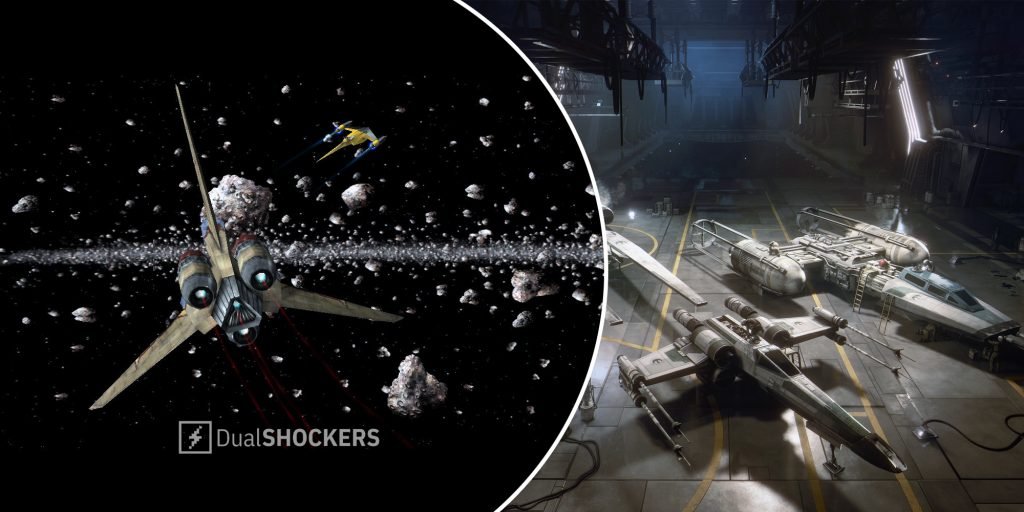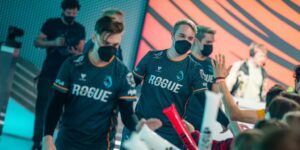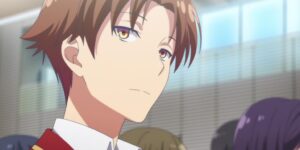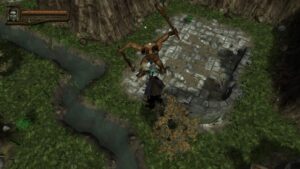Released in 2001, Star Wars: Starfighter gave fans a tiny inside look at events that shortly followed The Phantom Menace. Throughout the game, you played as various pilots and took part in aerial combat missions, while piloting different ships from that era of Star Wars. What made the combat in Starfighter better than a game like Star Wars: Squadrons was that it offered both a first and third-person perspective.
See, Squadrons is only playable in first-person, and despite being able to fly a tie-fighter and X-Wing, Starfighter does a better job of introducing you to different types of ships and showcasing what they are capable of. In Starfighter you can pilot the famed yellow N-1 Starfighter from The Phantom Menace – complete with proton torpedoes, laser cannons, and an Ion system that can be used to disable enemy ships. You can also pilot the Havoc which is styled like a bomber and carries triple-laser cannons and has a plasma scourge that acts like napalm.
The ships in Squadrons are ships we normally see in various Star Wars games, but Starfighter’s ships are ones we rarely – if ever – got to pilot. Seeing the same ships over and over tends to make their production and various types seem small, but Starfighter’s list of ships really showcases the kind of ingenuity that was used a long time ago in a galaxy far, far away.
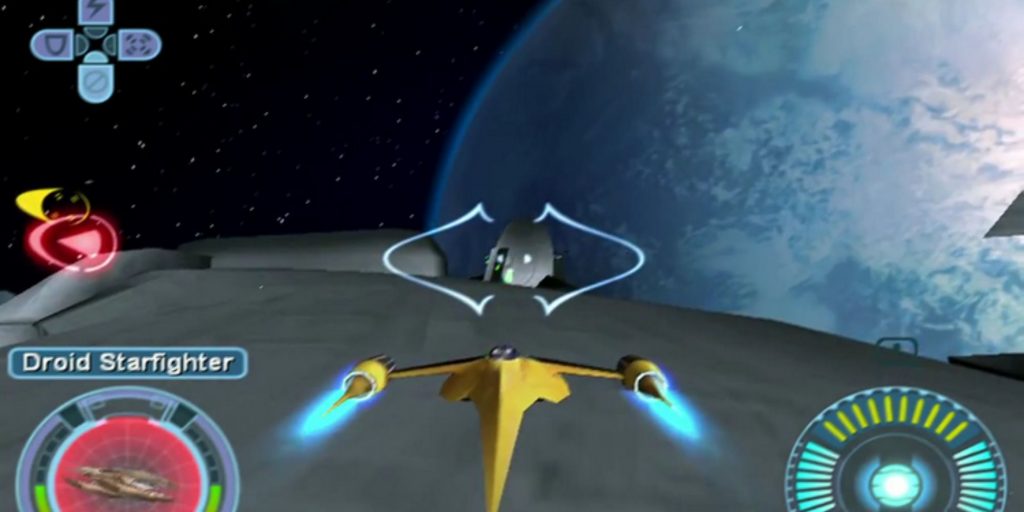

Starfighter’s third-person camera lets you actually see who and what is around you, offering a bigger depth-of-field. Squadrons looks prettier but you are confined to only seeing what appears in front of your windshield. Not being able to see what’s actually around you defeats the purpose of being able to move all of your ship’s energy into one of three fields – weapons, speed, and shields – which changes how your ship functions. Instead of focusing your strategy during battle, you constantly find yourself under attack and duress because of enemies you can’t see, and are forced to repeatedly use and recharge each ship’s repair function – which is like regaining your health.
RELATED: Why Deadpool Gives Hope That Star Wars 1313 Could Make A Comeback
While each ship in Squadrons does have a HUD in the cockpit showing where enemies’ locations are throughout each map, Starfighter takes your focus away from that and keeps you engaged in what is directly happening around you. Commanding each pilot in your squadron using the d-pad really creates the sense of functioning as a unit, much like the pilots in the movies do. Pressing left orders your squadron to protect a target and play defense, while pressing up does the exact opposite and has them all-out assault your enemy targets. If you want a headcount to see how your team is doing, just press right on the d-pad to make them report their status. If you find yourself under enemy fire, you can press down on the d-pad to make your team group up and protect you. This allows you to recoup and level your ship by pressing the right stick on your controller.
These actions and commands make Starfighter’s aerial combat and strategy more team-based, and while the game may be showing its age in some ways, it still offers an unparalleled amount of control when facing off in space combat.
NEXT: Take-Two’s Witch-Hunt Against GTA Modders Lacks Clarity Or Merit
- amazon prime gaming
- axie infinity
- Casino Games
- coingenius
- Dualshokers
- EA Sports
- Evil Geniuses
- Gaming
- gaming headset
- gaming pc
- madden nfl
- Nintendo
- Online casino games
- Originals
- pc games
- plato
- plato ai
- plato data intelligence
- plato game
- plato gaming
- platodata
- platogaming
- playstation
- prime gaming
- Star Wars: Squadrons
- star wars: starfighter
- Team SoloMid
- xbox
- zephyrnet
